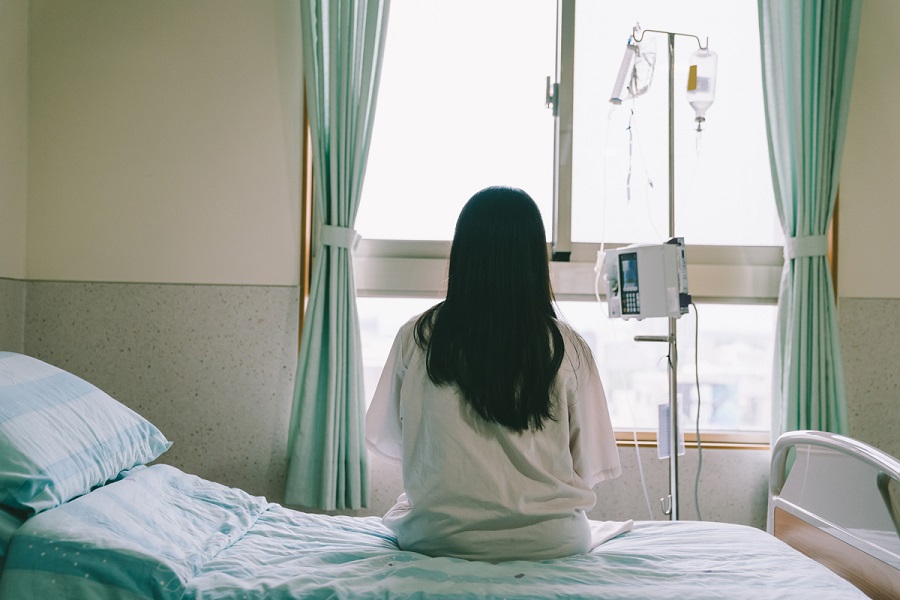RIO DE JANEIRO, BRAZIL – A specialist describes how inadequate practices have been left behind-and how the psychiatric patient is served today.
In general, the estimate that 20% of the world’s population suffers from some psychiatric disorder – including anxiety and depression – has not changed over the years. What has changed dramatically is the treatment of those affected by mental illness.

Besides the evolution of therapies, including medications and psychotherapy sessions for the control of symptoms, hospitalization is now indicated only in severe cases and has gained humanization, ending the true torture sessions to which patients were submitted about 40 years ago.
The paradigm shattering of psychiatric internments in Brazil was signed by Alagoas physician Nise Silveira, who worked at the Pedro II National Psychiatric Center in Rio de Janeiro in the 1940s. There, she fought against the psychiatric techniques employed at the time because she considered them aggressive.
She was responsible for the unit’s Occupational Therapy Section and, instead of assigning cleaning and maintenance tasks to patients, as was common practice, she created painting workshops to re-establish the patients’ bond with reality through artistic and creative manifestations. Radically opposed to electroshock, insulin therapy, and lobotomy, Nise was also a pioneer in seeing the therapeutic value of interaction between patients and animals.
But it was only in 2001 that the Anti-Manicomium Law, sanctioned by then-president Fernando Henrique Cardoso, marked the gradual closing of insane asylums and hospices in the country, becoming a major symbol of the Brazilian Psychiatric Reform. To replace psychiatric hospitals, the Psychosocial Care Network (RAPS) was created, centralizing the assistance for severe mental disorders in the Psychosocial Care Centers (CAPS) and valuing community and outpatient treatment.
Along the same lines, psychiatric beds should be replaced by psychiatric units in general hospitals (UPHG), better equipped and with multidisciplinary support, intended for severe acute cases.
The Psychiatric Reform has valued a legitimate work of mental health professionals in the country. They are multidisciplinary teams that spare no effort to minimize the suffering of patients. Today we can affirm that Brazilian psychiatry has some of the best researchers and doctors and high complexity outpatient services, in addition to excellent inpatient units.
Psychiatric hospitalization is the place where, in dramatic and severe situations, there is an opportunity to change the trajectory of patients and their families. However, until the release of the Manual of Psychiatric Hospitalization, there was no book exclusively focused on this scenario in Brazil.
Written by psychiatrists with experience in the topic, the work fills a gap, offering to specialists in mental health, teachers, undergraduate students and residents in psychiatry a compilation of content aimed at training and clarifying about pathologies, situations and circumstances related to psychiatric hospitalization in the country.
Created with enthusiasm, in a project that brought together generations of professionals with different experiences, the Psychiatric Hospitalization Manual brings an unprecedented and necessary contribution, which can beneficially modify the lives of patients and their families.
Source: Saúde Abril

